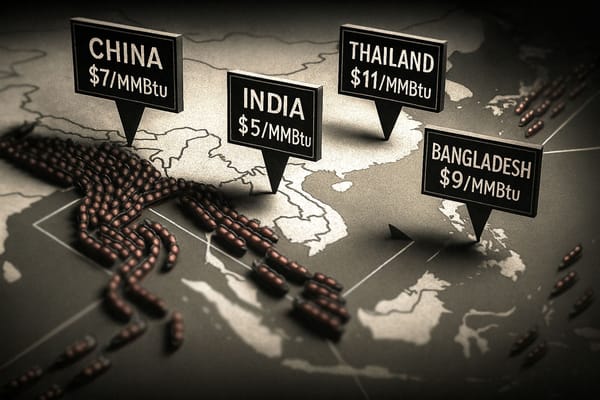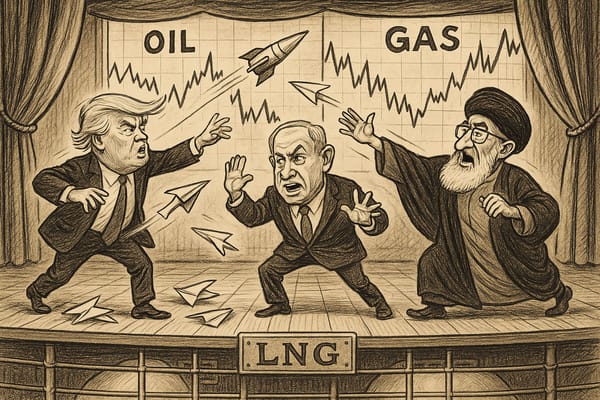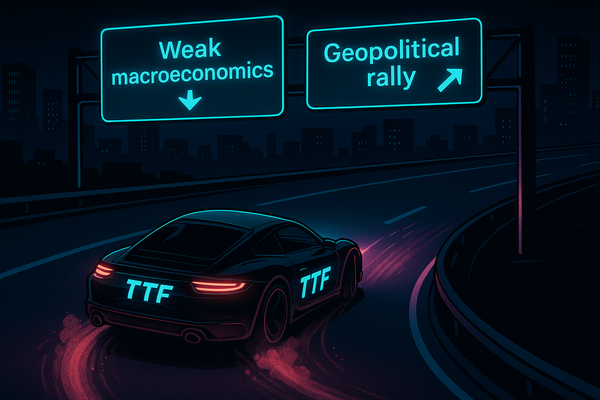The moral conundrum of carbon border taxes
Will a carbon trade war help or hinder the energy transition?

Member discussion: The moral conundrum of carbon border taxes
The Flux Exchange discussion forum is for paying members only. Subscribe to read and reply.





